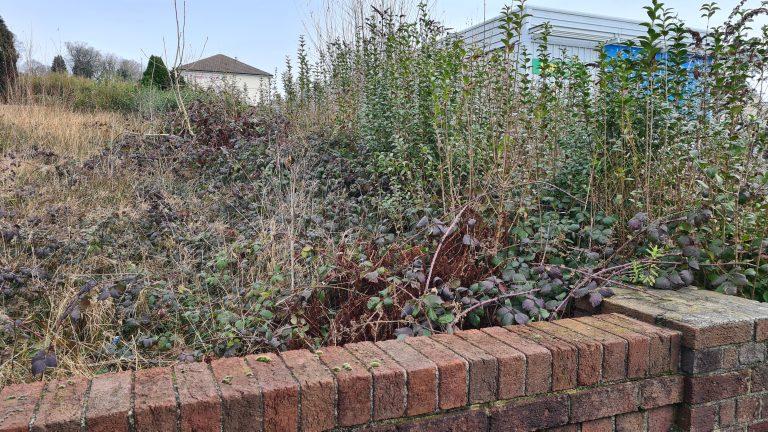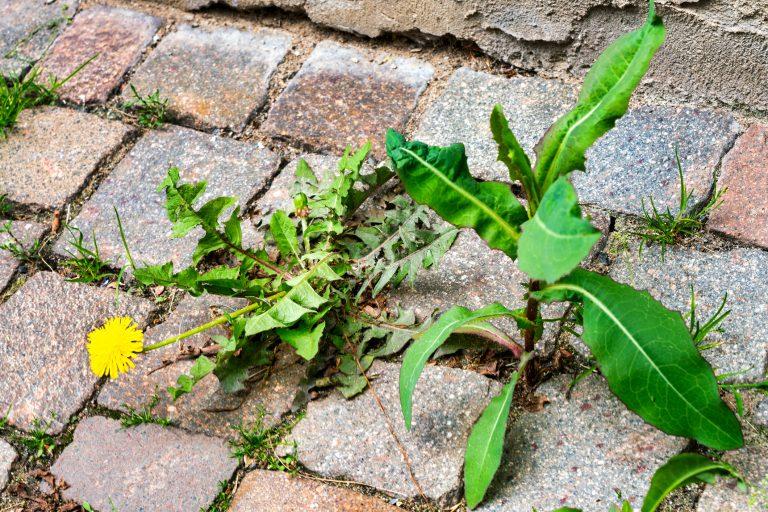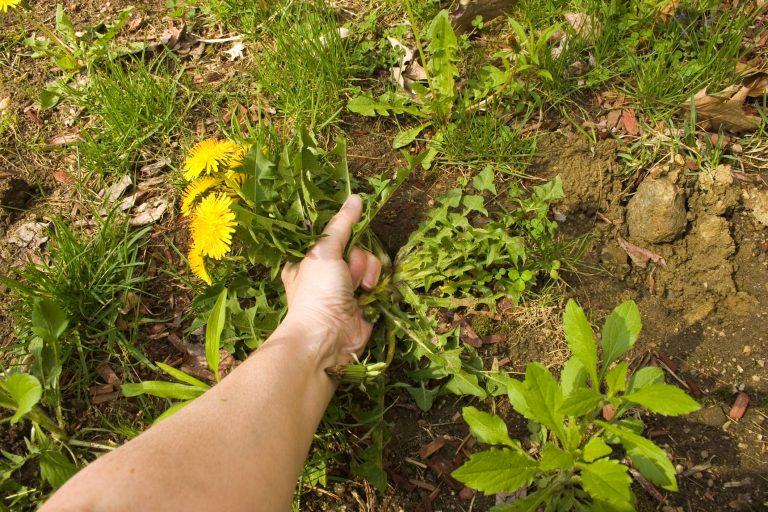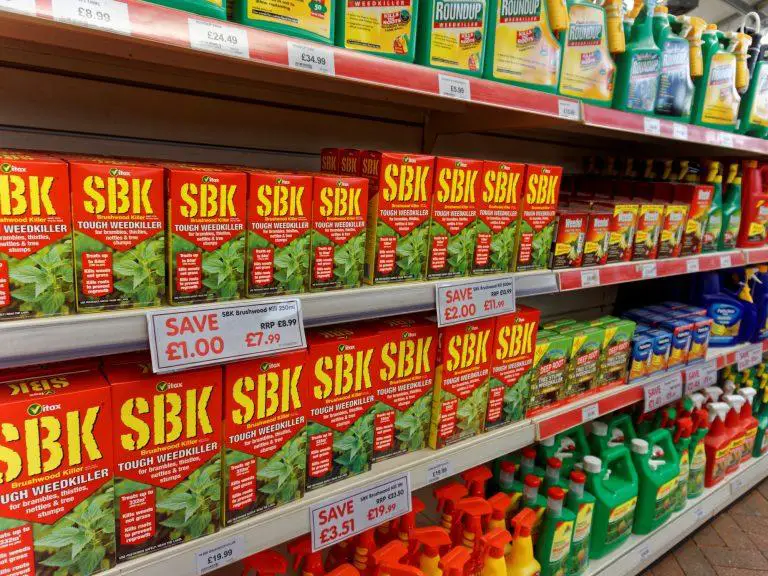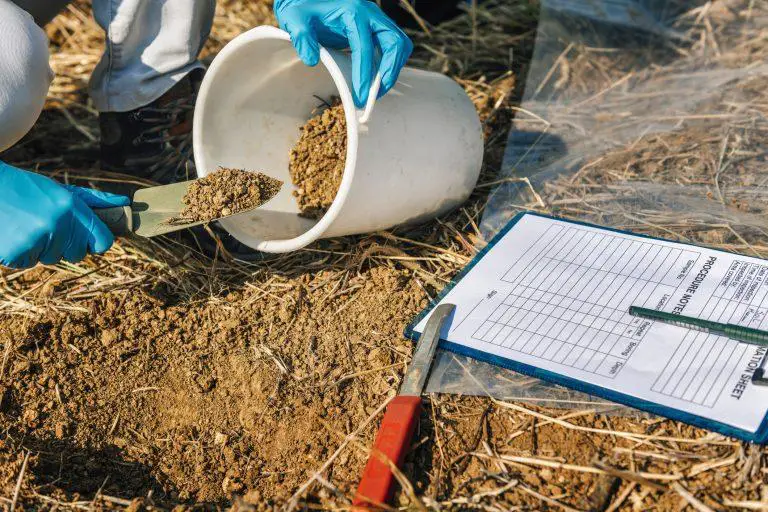Even the most attentive gardener will likely have to deal with the worst garden weeds at some point, as they are unwanted plants that can compete with desired plants for nutrients, water, and sunlight.
A well-manicured garden is a source of pride for many homeowners, but the presence of weeds can detract from its aesthetic appeal.
Not only do they detract from the beauty of your garden, but they can also be difficult to control. In this blog post, we’ll take a look at some of the worst garden weeds and offer tips on how to identify and eliminate them.
Identifying Common Garden Weeds
The first step in controlling weeds is correctly identifying them. Here are some common weeds that you may find in your garden:
- Dandelions: Dandelions have a yellow flower and a distinctive puffball seedhead. They are a common sight in lawns and gardens and can be difficult to control.
- Clover: Clover has a low-growing habit and small, white or pink flowers. It is often found in lawns, but can also be a problem in gardens.
- Crabgrass: Crabgrass is an annual grass that germinates from seed each year. It has a prostrate growth habit and can quickly take over a lawn or garden.
- Chickweed: Chickweed has small, white flowers and a prostrate growth habit. It is often found in gardens and lawns and can be a nuisance because it will grow in the same area year after year
- Lambsquarters: This weed produces clusters of small green leaves and can quickly spread and take over a garden bed.
- Thistle: Thistles are biennial plants, which means they take two years to complete their life cycle. They have prickly leaves and a tall, spiky flower head.
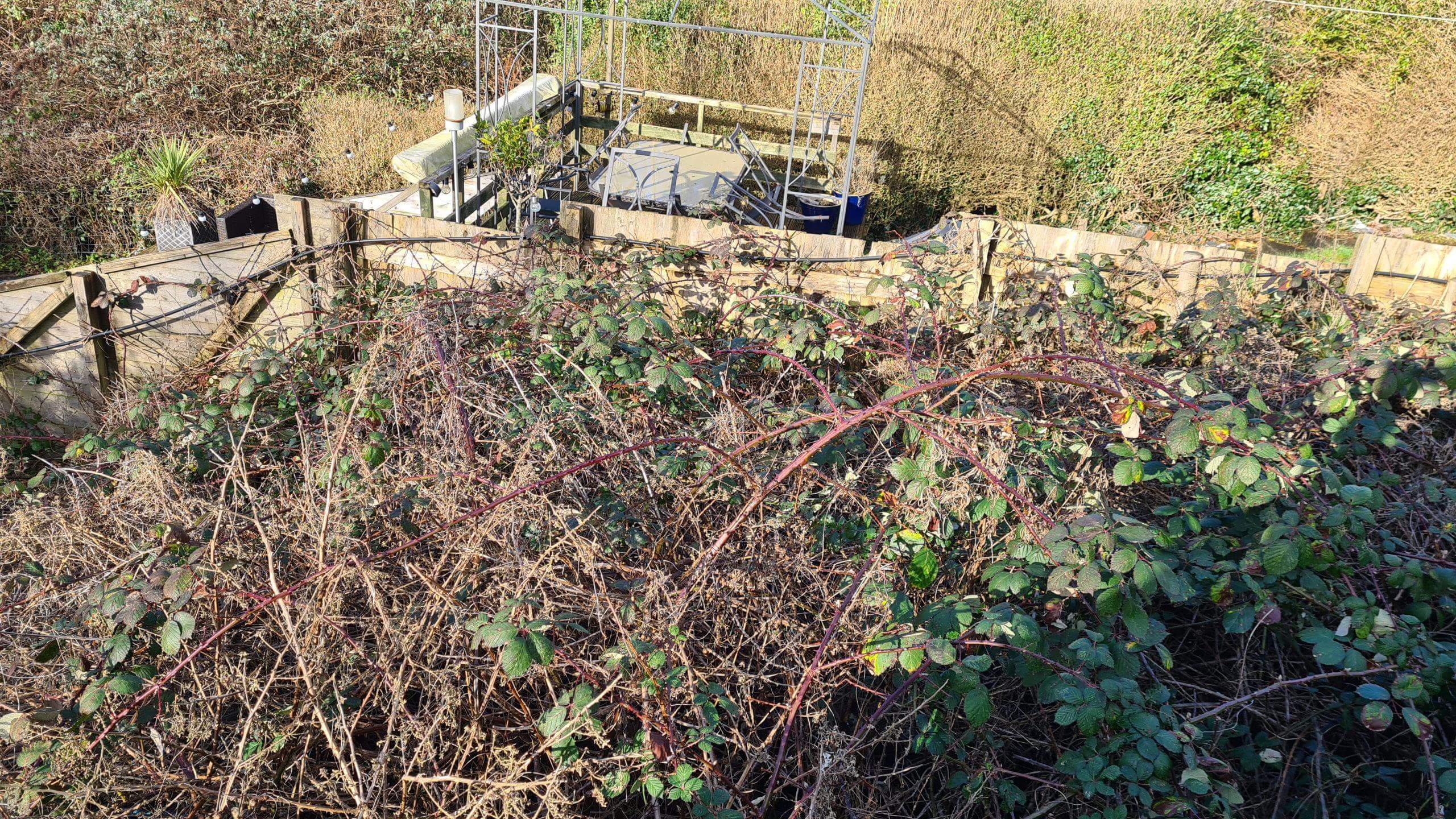
Eliminating Garden Weeds
Once you have identified the weeds in your garden, it’s time to take action to eliminate them. There are several methods that you can use to control weeds, including:
- Manual Removal: The most basic method of weed control is manual removal. This involves using a hoe or trowel to dig up the weeds and remove them from the soil. This is an effective method for small gardens or for spot-treating specific areas.
- Mulching: Mulching is a great way to control weeds in your garden. Mulch is a layer of organic material, such as straw or bark, that is placed on top of the soil. Mulch helps to prevent sunlight from reaching the weed seeds, preventing them from germinating.
- Herbicides: Herbicides are chemical compounds that are designed to kill weeds. They can be effective in controlling weeds but should be used with care, as they can also harm desired plants and be harmful to humans and pets if not used properly.
- Cover Cropping: Cover Cropping is using other plants to cover up the weed seedlings. This can help prevent sunlight from reaching the weeds, stopping them from growing. This method could be used alongside mulching.
- Proper Maintenance: Proper maintenance of your lawn and garden can help prevent weeds from becoming established in the first place. This includes regularly mowing your lawn, removing debris from your garden, and keeping the soil healthy with regular fertilization and watering.
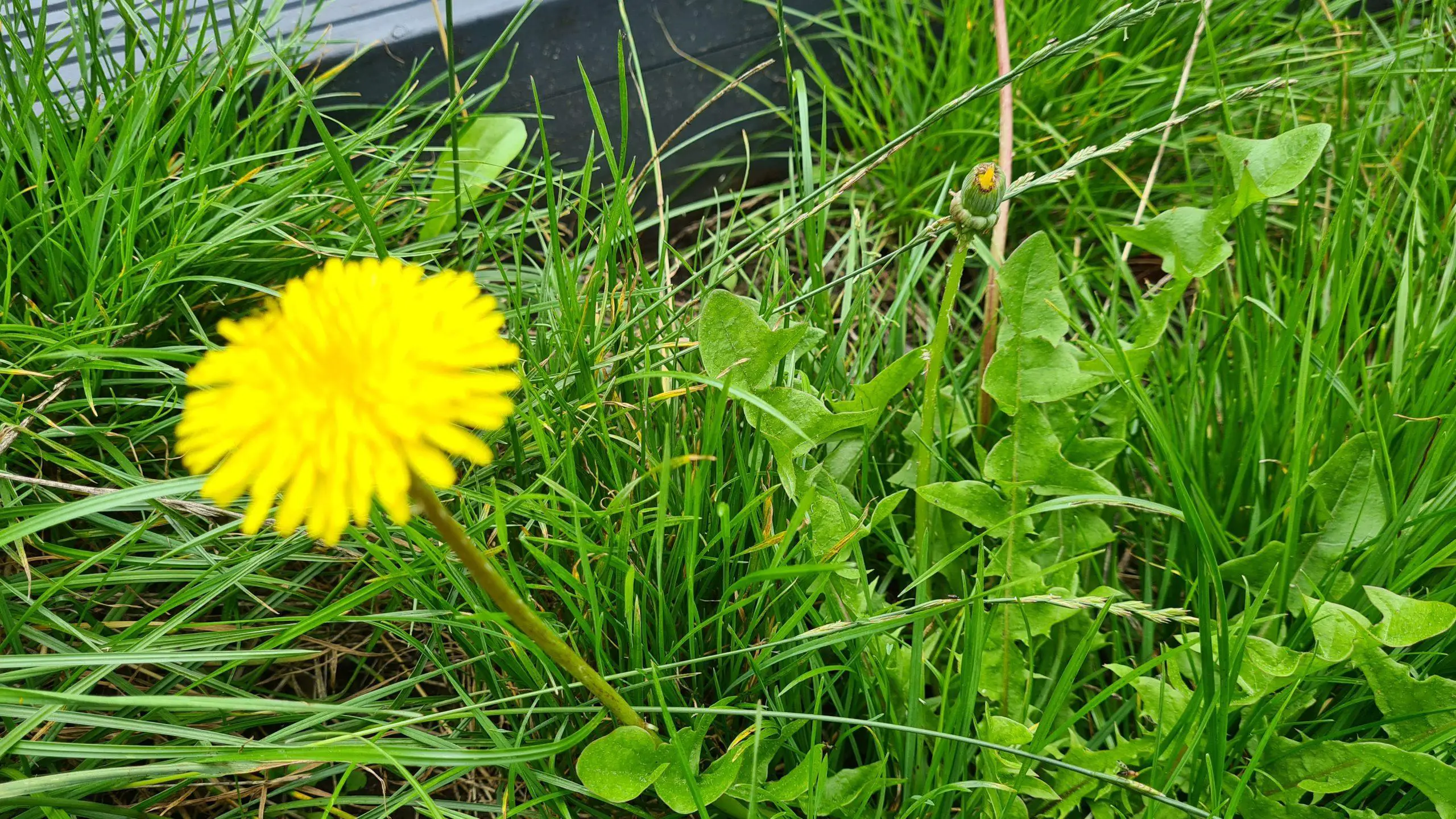
In conclusion
Weeds can be a frustrating problem for gardeners, but with the right tools and techniques, they can be controlled. By identifying the weeds in your garden and using a combination of the manual removal, mulching, and herbicides, you can keep your garden looking beautiful and weed-free.


